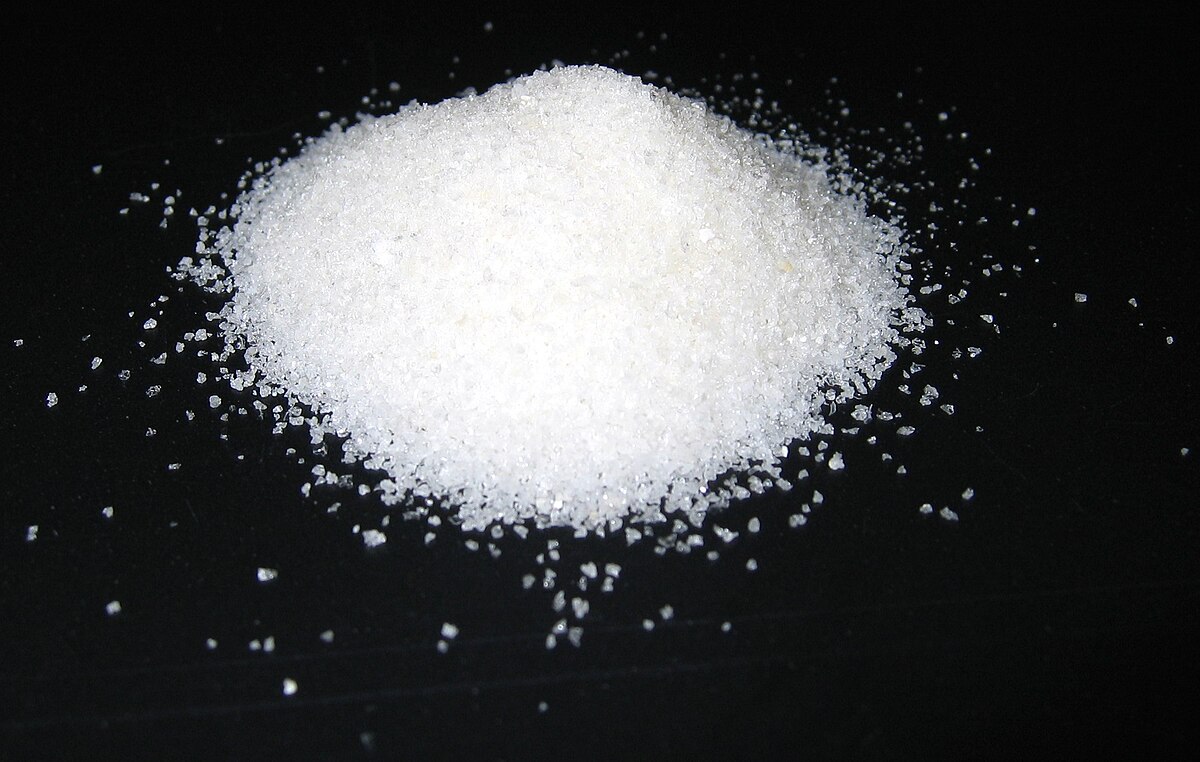What Is The SAP In Disposable Diapers ?
What Is The SAP In Disposable Diapers?
- 2018/10/31

Absorbent polymers (SAP) consist of a network of hydrophilic polymer chains. Their primary characteristics are their ability to absorb liquids, turn the liquids into gels and hold them even under pressure. When it is applied in diapers, leakage of urine is prevented and it keeps baby’s bottom dry. 90% of the SAP production is used for diapers and sanitary products. In the West and in Japan, SAP has been already indispensable for diapers and sanitary products. In countries of the falling birth rate and aging population like Japan, the increase rate of diapers for elderly adults tends to exceed that of the diaper for babies, which increases the total demands of SAP.
The cellulose fibers have been used as a primary absorbent in diapers. Key aspects in R&D work on absorbents in this industry over the years were increasing liquid absorption capabilities, absorption rate, fluid retention under pressure, reducing production cost and environmental impact. Liquid absorption is 30 - 500 times of its own weight and the ratio of cellulose over polymers in diapers changed from 20:1 to 1:1. Now, the diapers have become thinner and thinner.
SAP significantly improves the absorbency of the diaper and because it locks the moisture away it is more comfortable for your baby. A diaper with no SAP would require much larger quantities of fluff pulp, making it a very bulky diaper while still not providing the ‘stay dry’ properties.
Unfortunately there is a lot of misinformation about SAP and generally, there is a very negative inference to the word ‘chemical’. SAP would have to be one of the most tested materials available in the sanitary industry. It has been found to be non-toxic, non-gene altering and non-irritating in the 100’s of tests done and has now been widely used in sanitary products for several decades, with a marked improvement in babies skin since its introduction to disposable nappies².
A simple chemistry lesson will explain: We are all made up of chemicals, so not all chemicals are harmful. Some chemicals can be extremely toxic to us but are also essential to our make up, for example, common table salt (or sodium chloride) is essential to us, however, if a baby swallows a small teaspoonful, this could be fatal. SAP on the other hand while not essential, is non-toxic even if an entire diaper is consumed (which is not physically possible).

评论
发表评论